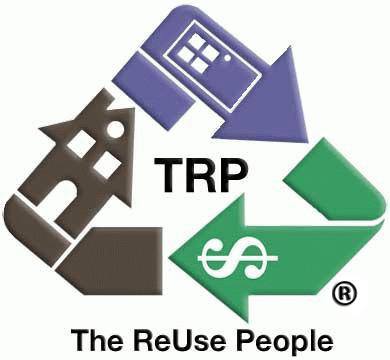Our partners at The Reuse People have been busy with the growth of the reuse movement. Here’s a recent update from their president, Ted Rieff:
The Repair Movement Boosts Reuse
by Ted Rieff
There’s a worldwide “repair movement” underway. That’s a fact I didn’t know until very recently, when a reader sent me several news articles that describe various aspects of the movement. Included are “right to repair” organizations fighting for easier access to repair information from manufacturers (electronics is a main focus) and “repair cafés,” where people can take broken or inoperable items and find volunteers with the expertise to fix them. Then there’s www.ifixit.org, a growing online resource that promotes repair-ability through a variety of initiatives.
I must admit to being somewhat puzzled by the idea that repairing (rather than replacing) broken items borders on revolutionary. After all, a few short decades ago if something broke you either fixed it yourself or took it to a repair facility. You could always find a shop that repaired worn or damaged appliances, bicycles, radios, shoes, furniture, even clothing (the local tailor or seamstress).
Then, too, TRP is in the reuse business, so I’m surrounded by salvaged products, most of which are going to need some kind of fixing, even if it’s just a coat of paint. Customers can purchase beautiful cabinetry, windows, doors, lighting fixtures and other used products from TRP, but they wouldn’t be in our store if they weren’t ready to retrofit or restore what they buy. Appliances are the only items that are guaranteed to be in working order and for which TRP allows a brief return window.
There are several reasons getting things repaired has become more difficult. Planned obsolescence is one. Another is the ease of finding replacement products, which often cost less than what you’d spend to have the broken item repaired. And when manufacturers restrict repair information to “authorized” facilities, unsanctioned repair shops go out of business. Those are things the movement is trying to change.
I’m glad that informed consumers are starting to rethink their options when it comes to the question of whether to repair or replace broken items, because repairs lead to reuse, and reuse is what TRP is all about. The more people are willing to repair stuff, the more they will be willing to purchase used products. Repair and reuse go hand in hand.
It’s all part and parcel of the circular economy, wherein products and resources are kept moving throughout the system rather than trucked off to that ultimate dead-end — the local landfill.
If you’re interested in learning more about the repair movement, check out these articles:
- Repair is the New Green – Ifixit.org
- At Repair Cafes, ‘Beloved but Broken’ Possessions Find New Life – NY Times
- The Fight for the Right to Repair – The Smithsonian
- ‘Repair cafés’ are about fixing things – including the economy
Follow the Institute for Local Self-Reliance on Twitter and Facebook and, for monthly updates on our work, sign-up for our ILSR general newsletter.
